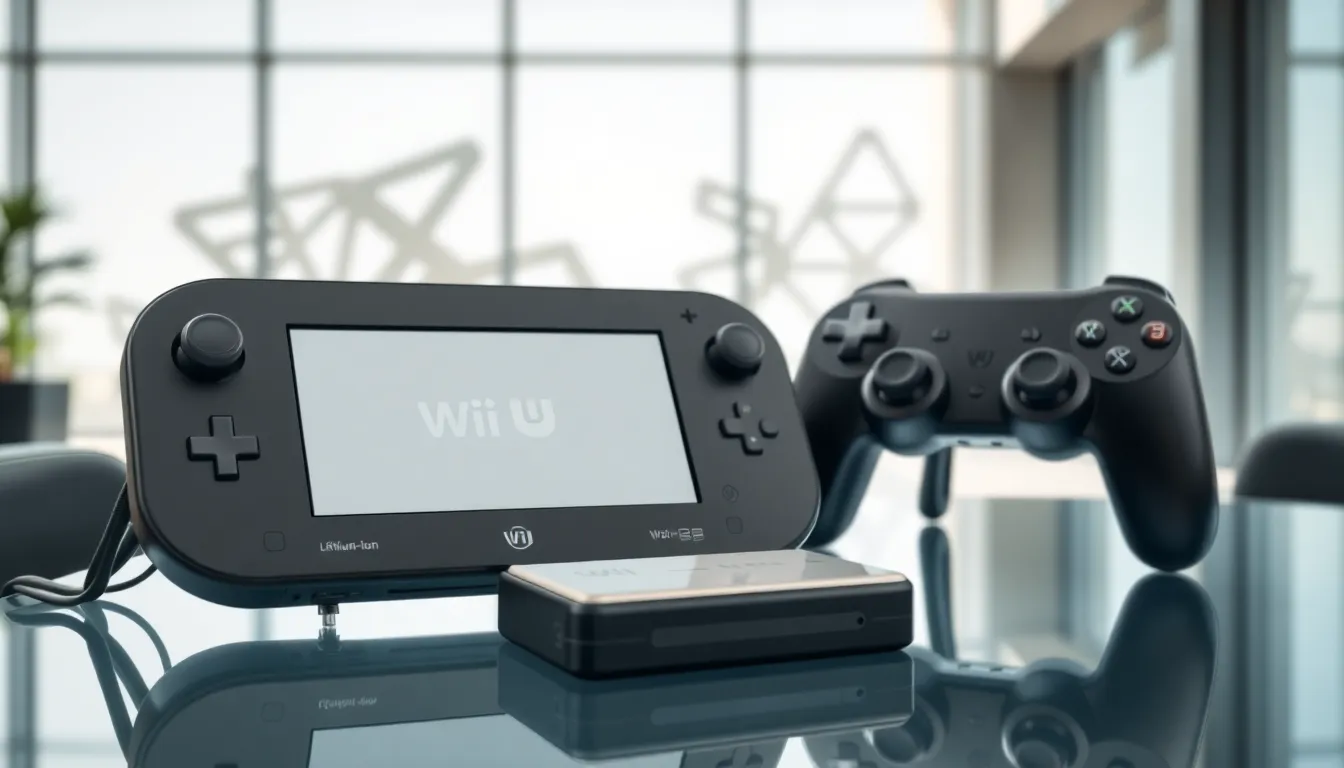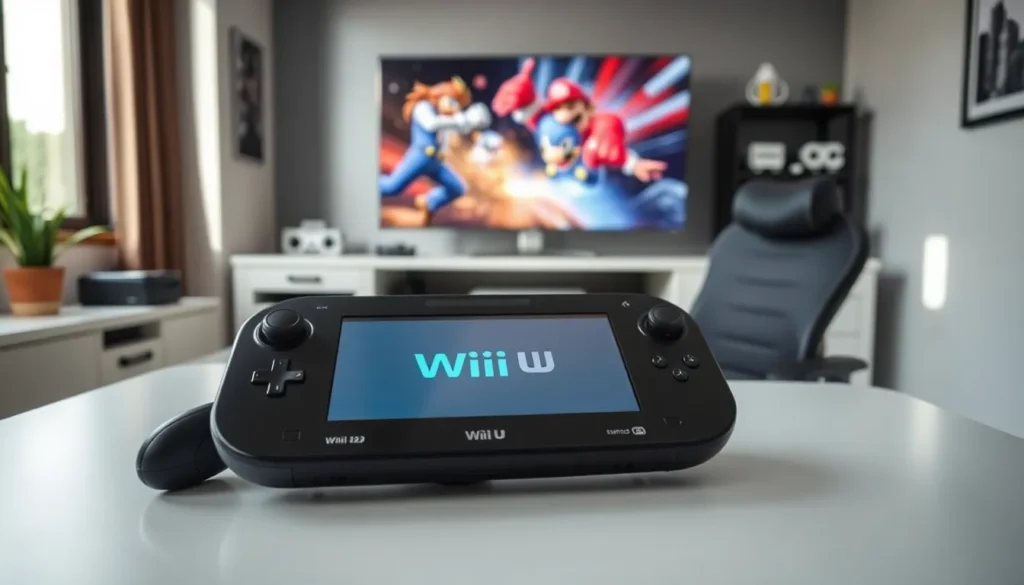Ever found yourself in the middle of an epic showdown in Super Smash Bros only to have your Wii U controller die on you? Talk about a buzzkill. The Wii U battery situation isn’t exactly a topic that gets gamers pumped, but understanding it can save your gaming sessions from frustrating interruptions. In this guide, we’ll explore everything you need to know about Wii U batteries, so you can keep playing without a hitch (and maybe even impress your friends with your newfound expertise).
Table of Contents
ToggleUnderstanding the Wii U Battery Types and Specifications

When discussing the Wii U, the most common battery people think about is the one powering the GamePad. The Wii U GamePad is equipped with a lithium-ion battery, specifically designed for performance and longevity. This particular battery has a capacity of approximately 1500 mAh, allowing for around three to five hours of active gameplay depending on usage.
Besides, the battery is rechargeable, emphasizing convenience. Players can simply plug the GamePad into the console or an AC adapter to juice it back up. But did you know that Wii U also has batteries in the Pro Controller? This wireless controller features a more robust battery capacity, with about 1300 mAh, allowing for 80 hours of playtime on a full charge. With specs like these, whether you’re smashing it out with friends or going solo on a quest, you have the power you need.
Factors Affecting Wii U Battery Life
Battery life isn’t just a fixed number: it fluctuates based on several factors. First and foremost, screen brightness plays a huge role. Cranking it up to the max may look good, but it’s a battery life killer. Lowering brightness not only saves your eyes but also prolongs gameplay.
Another critical aspect is the usage of Wi-Fi. Online gaming may drain your battery faster. Also, playing resource-heavy games will tax the battery more than light titles. It’s like comparing a sports car to a family sedan: one takes more energy to go fast. Finally, external temperature can affect your battery’s performance. Extreme heat or cold can hinder its efficiency, leading to shorter playtime.
So, keep an eye on that screen brightness, watch your game choices, and consider your environment if you want to get the most out of your Wii U.
Tips to Extend Your Wii U Battery Life
Who doesn’t want more gaming time? Here are some practical tips to help extend that precious Wii U battery life. First, make it a habit to turn off the GamePad when you’re not using it. It sounds simple, but it can add hours back to your gaming sessions.
Next, consider using a battery-saving option. The Wii U comes equipped with features that automatically adjust settings for optimal battery performance. Keeping bright colors and flashy graphics to a minimum can also prolong your playtime.
Also, don’t underestimate the power of regular updates. Keeping your firmware current can optimize performance and battery usage. Finally, invest in a quality charger. Using the right charger ensures that your battery remains healthy for years. With these simple hacks, you can keep gaming longer while saying goodbye to that dreaded battery warning.
Common Issues and Troubleshooting for Wii U Batteries
Every gamer has faced battery issues at some point. One common problem is the battery not charging at all. If your Wii U GamePad refuses to come to life, first check the charger. Is it firmly connected? Sometimes it’s the simplest solution.
Another prevalent issue is rapid battery drainage. If you find your battery dying way sooner than expected, recalibrating it can help. Just use your GamePad until it dies, then fully charge it again without interruptions. This process can help reset the battery’s internal gauge.
Finally, look out for swollen batteries. If you notice any unusual bulging, it’s time for a replacement. Safety first. By being aware of these concerns, you can troubleshoot effectively and keep your Wii U in peak shape.
Replacing Your Wii U Battery: A Step-by-Step Guide
Before diving in, let’s talk supplies: a small Phillips screwdriver, a replacement battery (specifically made for the Wii U GamePad), and a clean workspace.
- Power Down: Make sure your GamePad is turned off and unplugged.
- Remove Screws: Carefully unscrew the back panel: keep your screws in a safe place.
- Disconnect the Old Battery: Gently remove the old battery connector.
- Install the New Battery: Now, attach the new battery where the old one was. Make sure it fits snugly.
- Reattach the Back Panel: Screw everything back in place, and you’re good to go.
Once you restart the GamePad, it should recognize the new battery without a hitch. Just remember to dispose of the old battery responsibly. You’ve just upgraded your Wii U’s stamina.
The Future of Batteries in Gaming Consoles
As gaming technology rapidly evolves, batteries are not being left behind. Future gaming consoles may adopt more advanced battery technologies, such as solid-state batteries. These promise faster charging times, higher capacities, and improved reliability.
Also, innovations in energy harvesting could mean consoles will tap into renewable energy sources. Imagine a gaming session powered by kinetic energy as you play. Looking ahead, the pursuit for efficiency and sustainability in battery technology will redefine our gaming experiences. As we embrace these changes, gamers can look forward to longer, uninterrupted fun in their gaming worlds.






